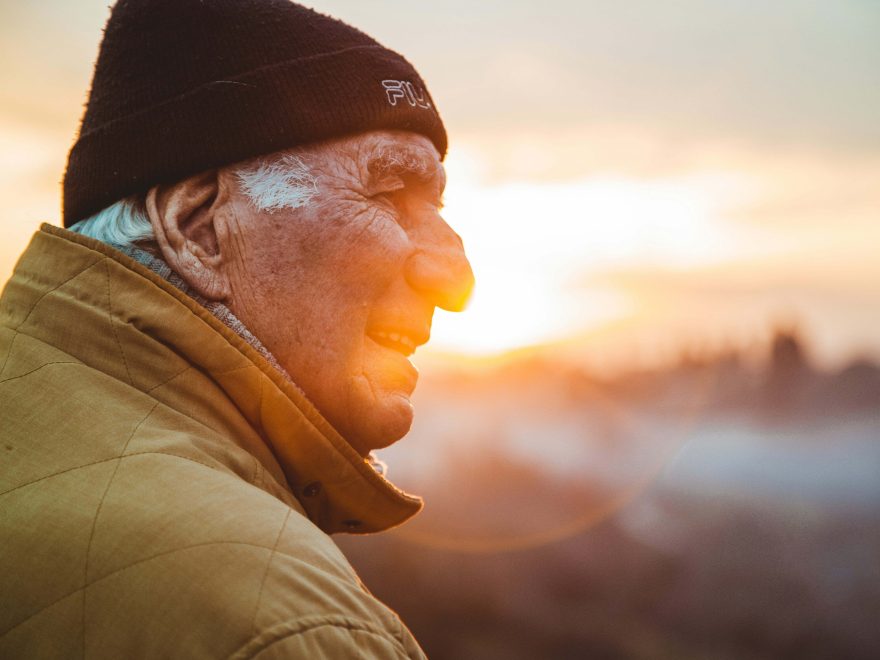As temperatures across the UK plummet, staying warm is not just about comfort—it’s a crucial factor in protecting health, particularly for older adults. Cold weather can increase the risk of health issues such as respiratory illnesses, joint pain, and poor circulation. However, with energy prices rising, many seniors face a difficult choice between staying warm and managing their budgets. Recent data reveal that 50% of older people in England on a low income worry they will struggle to pay their energy bills this winter.
To address these concerns, Complete Care Shop has released a series of practical tips to help seniors stay warm and safe throughout the harsh winter months.
Older adults are particularly vulnerable to cold-related health issues like hypothermia and respiratory conditions. However, there are simple, affordable steps that can help reduce these risks while avoiding excessive heating costs.
Key Tips from Complete Care Shop:
- Dress in layers: Wearing multiple thin layers of clothing provides better insulation than one thick layer. Don’t forget warm accessories like hats, gloves, and scarves.
- Keep moving: Gentle exercises, such as walking indoors or using a pedal exerciser, can improve circulation and generate body heat.
- Eat and drink warm: Hot meals and drinks help maintain body temperature. Practical tools such as kettle tippers and insulated mugs can make meal preparation easier.
- Warm your home effectively: Use thermometers to monitor room temperatures, block draughts to prevent heat loss, and focus on heating the rooms you use the most.
- Support others: Look out for elderly neighbours or relatives by checking in regularly, helping with practical tasks, and ensuring they have everything they need to stay warm.
Wrapping up warm
Staying warm during freezing temperatures is crucial for comfort and health. Opt for multiple thin layers instead of a single thick one, as they trap heat more effectively and allow you to adjust your clothing throughout the day.
When venturing outside, wear a thick coat, scarf, hat, and gloves. It’s particularly important to keep your hands and face warm—covering your mouth with a scarf can help shield you from cold air. For footwear, choose boots with a warm lining and pair them with thermal socks for added insulation. Make sure your boots have a good grip to prevent slips on icy or wet surfaces.
At night, ensure you stay warm by wearing warm nightwear and a pair of thick socks to retain heat. To make your bed warm when going to sleep, consider preheating it with a heated blanket, a wheat bag, or a hot water bottle.
Staying active
Sitting for extended periods can leave you feeling cold, often without realising it. Gentle movement is a great way to boost circulation, helping to warm you up and prevent your muscles from becoming cold or stiff. If you have equipment at home, such as a pedal exerciser, consider using it for short, regular sessions to stay active. If you’re able, a gentle stroll can also help keep your body moving and maintain warmth.
Warming food and drinks
A warm bowl of soup or a cup of tea or coffee can help warm you from the inside out. If you find lifting a kettle challenging, a kettle tipper can make preparing hot drinks easier and safer by allowing you to pour boiling water without lifting. For added convenience, consider using an insulated mug with a lid to keep your drink warm for longer.
Keeping your home warm and comfortable
Maintaining a warm home is essential for both comfort and health, especially during the colder months. Here are some practical and energy-efficient tips to help you stay warm, without spiking your energy bills.
Monitor Your Home’s Temperature
Using a room thermometer can help you keep track of the temperature in your home. Aim to heat your living areas, such as the living room and bedroom, to around 18°C (64°F). If certain rooms, like a spare bedroom, are not in use, consider turning off the radiators and closing the doors to conserve energy.
Schedule Your Heating
Setting your heating to turn on at the right times can make a significant difference. Program your system to warm your home just before you wake up or return home in the evening. This ensures your living space is comfortable when you need it most while maximising energy efficiency.
Guard Against Draughts
A draughty home can undermine even the best heating systems. Use draught excluders on doors and close curtains at dusk to keep the cold out. For added insulation, ensure doors between rooms are kept closed to prevent heat from escaping.
Make Use of Rugs
If you have wooden or laminate floors, placing rugs down can help reduce heat loss and make the space feel cosier. Just ensure they don’t pose a tripping hazard.
Focus on Key Living Areas
Keep the rooms you spend the most time in, like the living room or bedroom, warm and comfortable. If you don’t use a room frequently, keep the heating low or turn it off altogether, and keep the door closed to contain warmth in the areas you use most.
Financial Support
If you’re struggling to keep up with energy bills, support is available. Organisations like Citizens Advice offer guidance on grants and benefits to help with energy costs, including the Winter Fuel Payment for those who qualify. Visit Citizens Advice or Gov.uk for more information on financial assistance options.
Looking out for others
Looking out for elderly relatives or neighbours is important, especially during colder months. Regularly check in to ensure they’re warm and are stocked up on essential medication, as well as food supplies. Share helpful information, such as details about financial support or discounts available through energy providers, to ease their concerns. Offering practical assistance, like helping to install draft excluders or thermal curtains, or even making them a warm drink during your visit, can make a meaningful difference.

